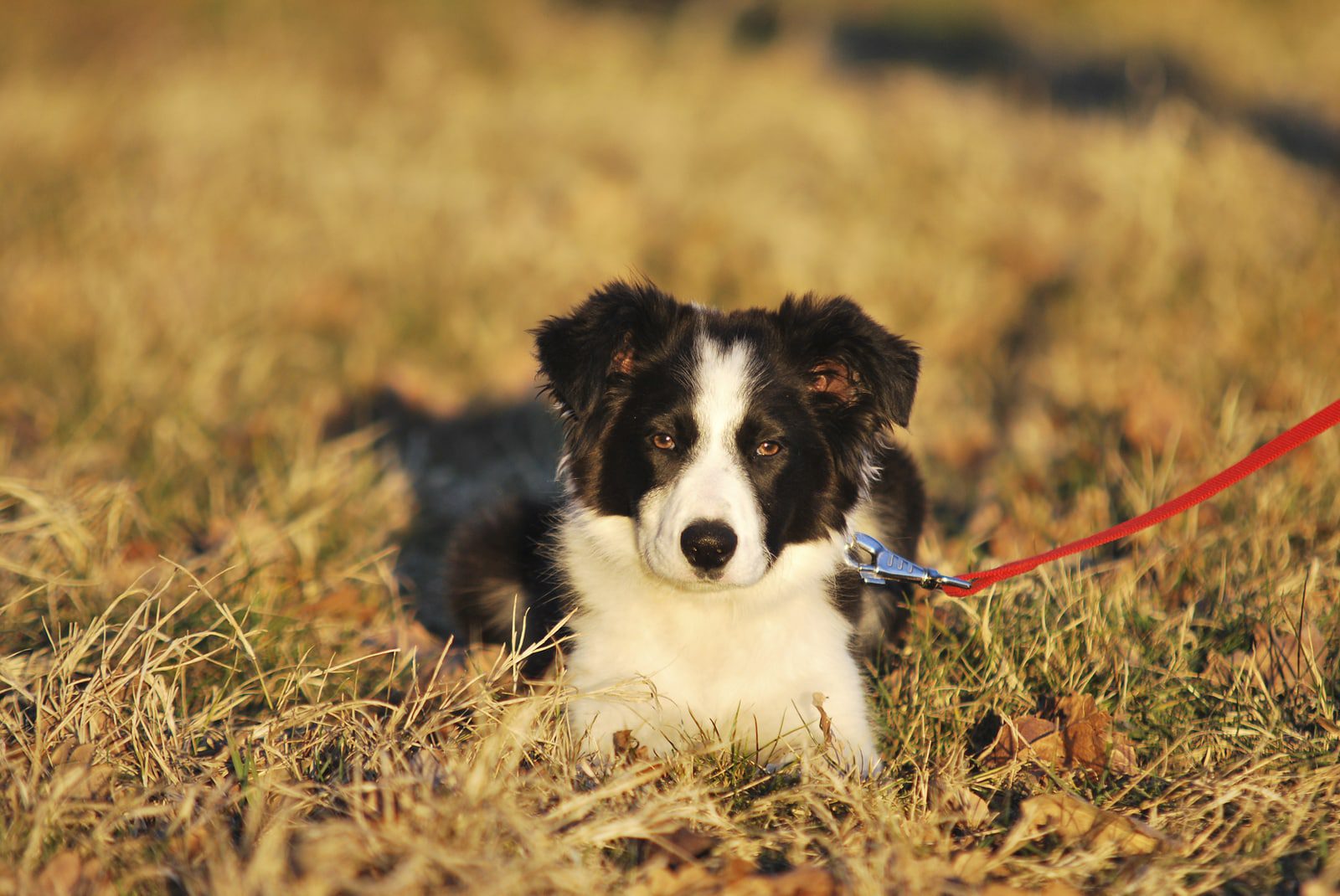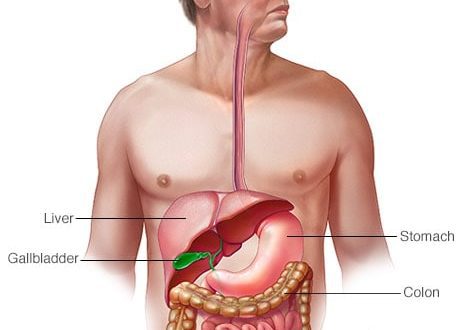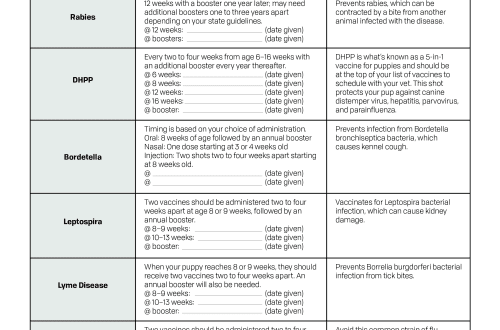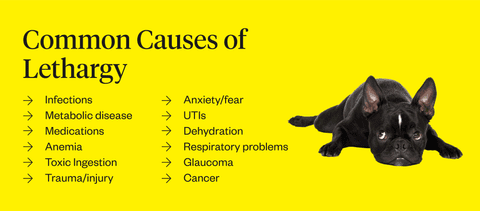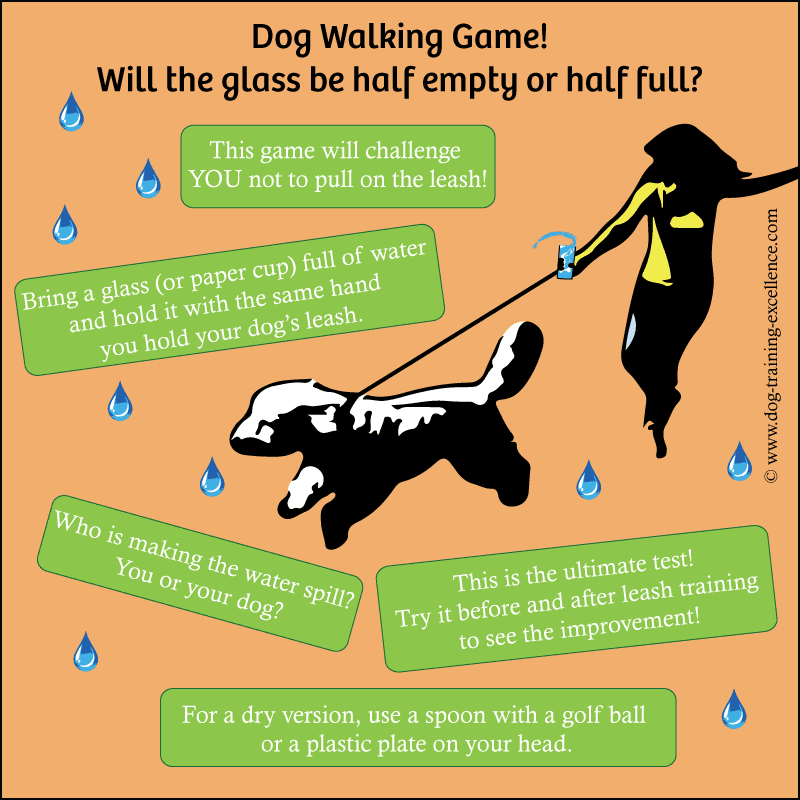
How to teach a puppy to a leash?
Are you leash training your puppy? Or – let’s be honest – does the puppy train you?
Leash training can be a daunting task, but it’s a necessary skill if you want to enjoy walks and adventures with your dog. Walking your puppy on a leash should be practiced as soon as you bring your new furry friend home.
Contents
How to train a dog to a leash
It is important to choose a good leash for your puppy and give him time to get used to the new accessories: Before you try to walk your puppy on a leash, give him time to get used to it. Let him walk around the house with a leash tied to a collar. It is important that the puppy feels comfortable and not afraid.
How to train a dog to walk on a leash? Have short training sessions in familiar places: the puppy’s attention span is low, so don’t expect him to remain interested in training for long. Start with a walk around the house or in the backyard, that is, in those places where the smells are already familiar to him. Here he will not rush in all directions to explore new exciting smells.
Reward Good Behavior: when the dog is walking nearby and the leash is loose, praise him and occasionally give him treats. Never drag your dog along with you. If the dog pulls on the leash on a walk and you pull on it too, you run the risk of injury to the animal (or to you, if your dog is large enough). Instead, try to praise your dog when he does follow you on command. If he is particularly persistent, you may need to intervene and redirect the dog’s attention back to the walk.
How to wean a puppy to pull on a leash? Start with a short leash: Although a short leash is often seen as an inconvenience to the owner, keeping the dog on a short leash is an essential part of successful leash training. The shorter the distance your dog can walk away from you, the easier it will be for him to learn to walk beside you. When she begins to get used to it, you can loosen the tension a little, either on a tape measure leash or on a regular leash.
Make sure the dog walks nearby: As with a short leash, having your dog walk beside you rather than in front of you will allow you to better control his direction. When pets are allowed to run in front or behind, they begin to wander in different directions and sniff everything. It will also help prevent the leash from getting tangled between the dog’s legs. Again, it’s okay to let your puppy have more once he’s learned, but while he’s still small, it’s best to keep him around. Remember that dogs are pack animals. If the dog sees you as the leader of the pack, he will eventually obey and make the perfect walking companion.
Give her time to do her business: For many dogs, a long pleasant walk is a chance to relax. However, dogs naturally like to mark their territory, so they can sniff around to find the perfect spot. If you notice that the dog needs to relieve himself, you can stop and loosen the leash to give the pet a chance to explore the surrounding area and do its thing. After that, don’t forget to praise him or give him a treat (especially if you are probably just potty training your puppy outside). However, remember that dogs do not always empty their bladders completely and may choose multiple places to urinate. Accordingly, it is very important that you praise and reward her only the first time, otherwise she will associate the reward with repeated defecation, and this can make the walk very difficult. When the dog understands that he has only one, that very opportunity to relieve himself, the walking process will improve.
- Choose the right pace: dogs are naturally curious, so they tend to run in different directions on the route or try to linger in favorite places. It is important to choose a pace that is comfortable for both. Never let your dog pull you or, conversely, fall behind, as this can lead to injury. If you notice that your dog is struggling to maintain a certain pace, stop and wait for him to come back to you, and then restore a comfortable speed.
Sounds simple, right? Not so fast. Here are a few more factors you should consider.
How to choose a collar, harness and leash for a puppy
There are many different types of collars, harnesses and leashes available in stores. How to find out which leash is right for puppy training.
Collars are the most common choice and a great option for dogs that don’t tend to pull on the leash. Harnesses have become more and more popular in recent years and are considered very convenient during training because the harness will not hurt the dog’s neck or trachea if he pulls on the leash. Harnesses also reduce the chance of the leash getting tangled under your feet, as it is attached to the back rather than around the neck on a collar that can flip forward while walking.
You will find many different types of leashes, such as roulettes, chains, adjustable leashes and more. Some trainers prefer a sliding leash to train puppies to walk beside because it gives more control than a standard leash. But if your dog is constantly pulling on the leash, it’s best to choose a harness or bridle that won’t injure or suffocate him.
Be sure to also choose the right leash for your dog. Too massive can be heavy for a small dog, and too small can be a disaster for you if the dog sees any living creatures that he wants to urgently explore. It is logical that when accustoming a puppy to a leash, the leash must be correct.
Prohibition of unwanted behavior
Walking dogs develop all sorts of bad habits. One of the most common is the tendency to pull on the leash. If the dog pulls on the leash, you need to loosen it. The stronger the dog’s sense of being led, the more he will allow himself to explore. Also, if the dog begins to pull on the leash, stop immediately and give the appropriate command, such as “stop” or “don’t pull”. Then, before continuing the movement, wait for the leash to loosen. Remember that in leash training – as in any other form of training – you should use treats and positive reinforcement when the dog does what you want.
If you notice that your dog is pulling on the leash for any particular reason (at the sight of animals, other dogs, strangers, etc.), it may be best to go the other way or wait until he calms down. When doing this, remember not to hurt your dog or let him think that pulling on the leash is okay. If you let your dog pull on the leash and increase your stride to keep up with him, you are letting him know that all he has to do to get to his goal faster is to speed up. It can turn a leisurely stroll into a full sprint.
collective walking
“While you are training your puppy to a leash, it is advisable to walk him alone, even if you have other dogs,” Michelle Blake, dog training expert, tells Animal Wellness magazine. If there are several dogs, this can not only be distracting, but also dangerous. Until you are sure that the puppy is ready, and do not study his temperament and mood properly, you should walk him separately from other dogs. Once you know that the puppy is ready, you can start walking several dogs on the same leash with a fork and a “connector” that does not allow the tips to tangle.
Walks in the evening
It is likely that at some point the puppy will have to walk in the evening. In this case, adherence to the recommendations for leash training is even more important, because the dog will quickly see what you do not see, for example, representatives of the nightlife. Keep your dog at bay and walk along the path, preferably with light (either a flashlight or streetlights).
Walking together is a valuable time for bonding with your puppy. By training your puppy to a leash, you will strengthen and deepen your relationship with your favorite walking companion.
For more tips and advice on raising puppies, see our more comprehensive article on training basics.



